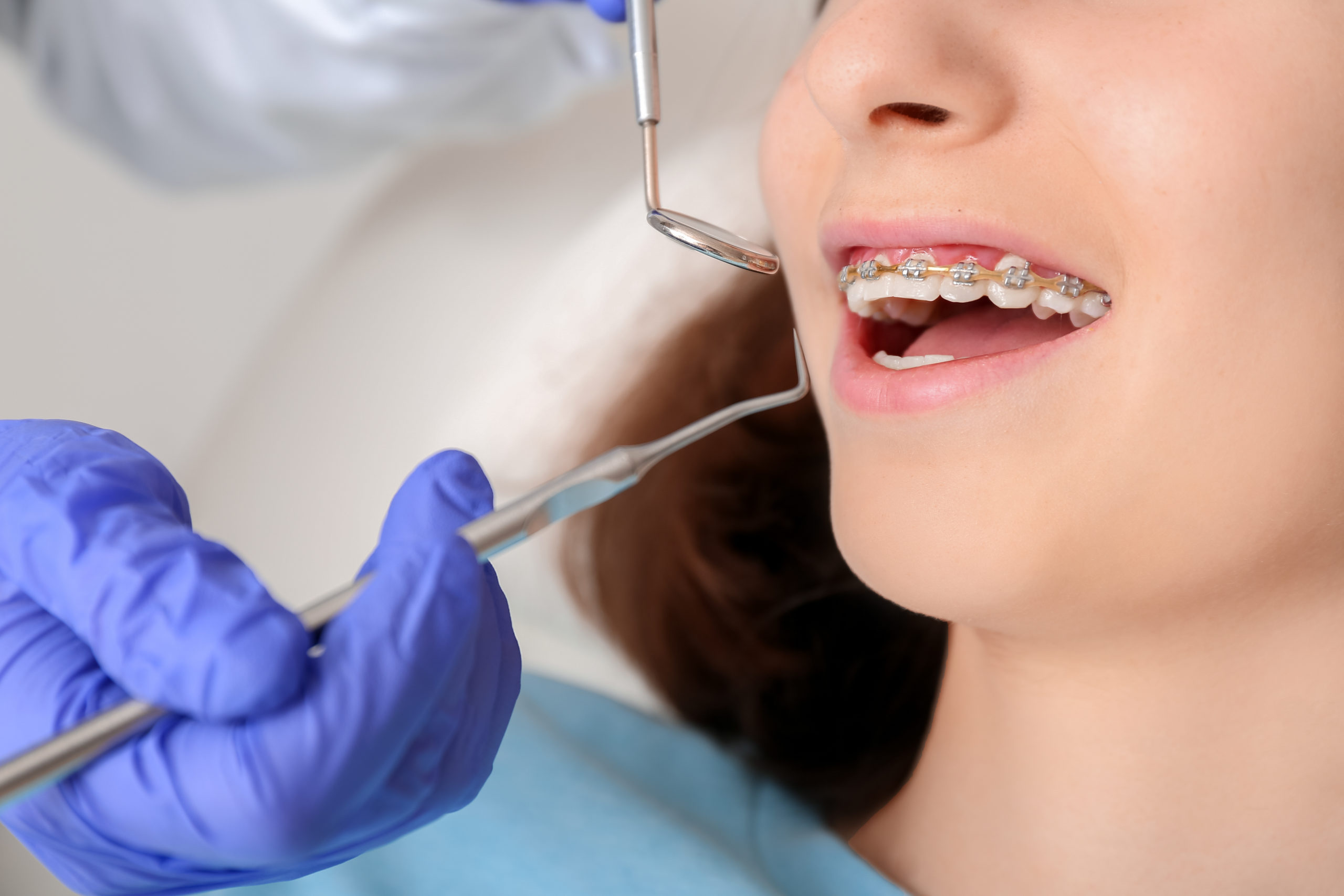Locating the Right Cumming Orthodontist for Your Braces and Aligners Demands
Comprehensive Overview to Orthodontics Treatments for Dealing With Oral Imbalances
Comprehending the ins and outs of each procedure, including their mechanisms, benefits, and potential downsides, is crucial in making educated choices regarding one's orthodontic therapy. As we navigate through the extensive guide to orthodontic treatments for dealing with oral misalignments, the intricate information of each approach will certainly unravel, shedding light on the course towards a unified and useful dental alignment.
Orthodontic Procedures Overview

Along with traditional braces and clear aligners, orthodontists might additionally suggest various other interventions like headgear, palatal expanders, or retainers to attend to specific positioning concerns (invisalign). These treatments are customized to each person's distinct requirements and might entail a combination of therapies to attain the preferred results. Routine modifications and surveillance are important parts of orthodontic treatment to make sure progress is on track and to make any type of needed alterations along the road. By undergoing orthodontic procedures, clients can not only accomplish a straighter smile however likewise boost their total dental wellness and feature.
Typical Dental Braces: Just How They Work
When taking into consideration orthodontic treatments for oral misalignments, typical dental braces stick out as a time-tested method for remedying teeth positioning. Typical braces are composed of brackets, cords, and bands that collaborate to apply constant pressure on the teeth, progressively moving them right into the desired placement. The brackets are connected to the teeth utilizing an unique adhesive, and the cords are threaded with the braces. By changing the tension of the cords, orthodontists can manage the instructions and force put on each tooth, directing them right into appropriate placement gradually.
As stress is used to the teeth via the braces, the bone surrounding the teeth is improved to support the new tooth settings. Patients will need normal modifications at the orthodontist's workplace to make certain the braces continue to use the correct pressure for reliable teeth activity.
Unseen Aligners: Advantages And Disadvantages
These clear, customized trays are basically undetectable when worn, making them an enticing option for people seeking a much more aesthetically pleasing orthodontic therapy. Patients can get rid of the aligners before consuming or cleaning their teeth, decreasing the threat of food getting stuck in the home appliance and simplifying the cleansing process.

Surgical Orthodontic Options
Surgical treatments in orthodontics existing feasible alternatives for attending to complicated oral imbalances that may not be properly solved with conventional orthodontic therapies. While conventional dental braces and unseen aligners can correct numerous orthodontic concerns, specific instances need surgical intervention to attain optimal outcomes. Surgical orthodontic choices are usually recommended for extreme malocclusions, significant jaw discrepancies, and cases where the underlying bone structure needs modification to accomplish proper positioning.
One usual medical orthodontic treatment is orthognathic surgery, which involves rearranging the jaws to correct functional issues such as difficulty speaking or chewing. This surgical procedure is frequently executed in collaboration with an orthodontist who helps line up the teeth prior to and after the treatment. Surgical orthodontics might also include treatments to expose impacted teeth, get rid of excess periodontal tissue, or reshape the jawbone to develop a much more unified face profile.
Prior to considering medical orthodontic alternatives, individuals undertake a thorough analysis to establish the necessity and possible benefits of such interventions. orthodontist. While surgical procedure might seem challenging, it can dramatically improve both the feature and visual appeals of the smile in More hints instances where traditional orthodontic therapies drop short
Retainers and Post-Treatment Treatment

Post-treatment care entails adhering to the orthodontist's directions faithfully. This might include proper oral health methods, participating in follow-up visits, and my explanation using the retainers as suggested. Failure to adhere to post-treatment care instructions can cause relapse, where the teeth slowly relocate back in the direction of their initial placements. Regular retainer wear, great oral hygiene, and routine dental check-ups are vital for maintaining the results accomplished through orthodontic surgical procedure and making certain the lasting security of the corrected oral positioning.
Final Thought
Finally, orthodontic procedures supply different alternatives for fixing oral misalignments. Typical dental braces utilize steel brackets and cables to move teeth right into correct placement. Unnoticeable aligners supply a more discreet alternative but may not appropriate for all situations. Surgical orthodontic alternatives are available for more extreme imbalances. Retainers are commonly used post-treatment to keep the brand-new alignment. In general, orthodontic procedures can efficiently boost oral health and wellness and visual appearance.
As we browse through the extensive overview to orthodontic treatments for fixing dental imbalances, the intricate details of each approach will certainly unfold, shedding light on the path toward a unified and useful oral placement. - orthodontist
One of the most typical orthodontic therapies is the use of braces, which consist of steel braces and cords that apply mild stress to progressively change teeth into the desired setting.When considering orthodontic therapies for oral misalignments, traditional braces stand out as a tried and true method for dealing with teeth positioning. Additionally, unnoticeable aligners may not be appropriate for complicated orthodontic problems that need even more substantial teeth activity, as they are typically recommended for mild to moderate cases. Retainers are custom-made orthodontic devices designed to hold teeth in their corrected placements after the conclusion of orthodontic therapy.